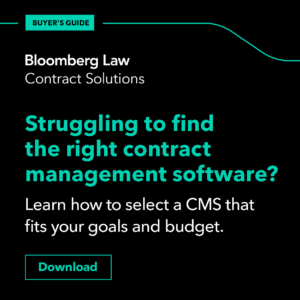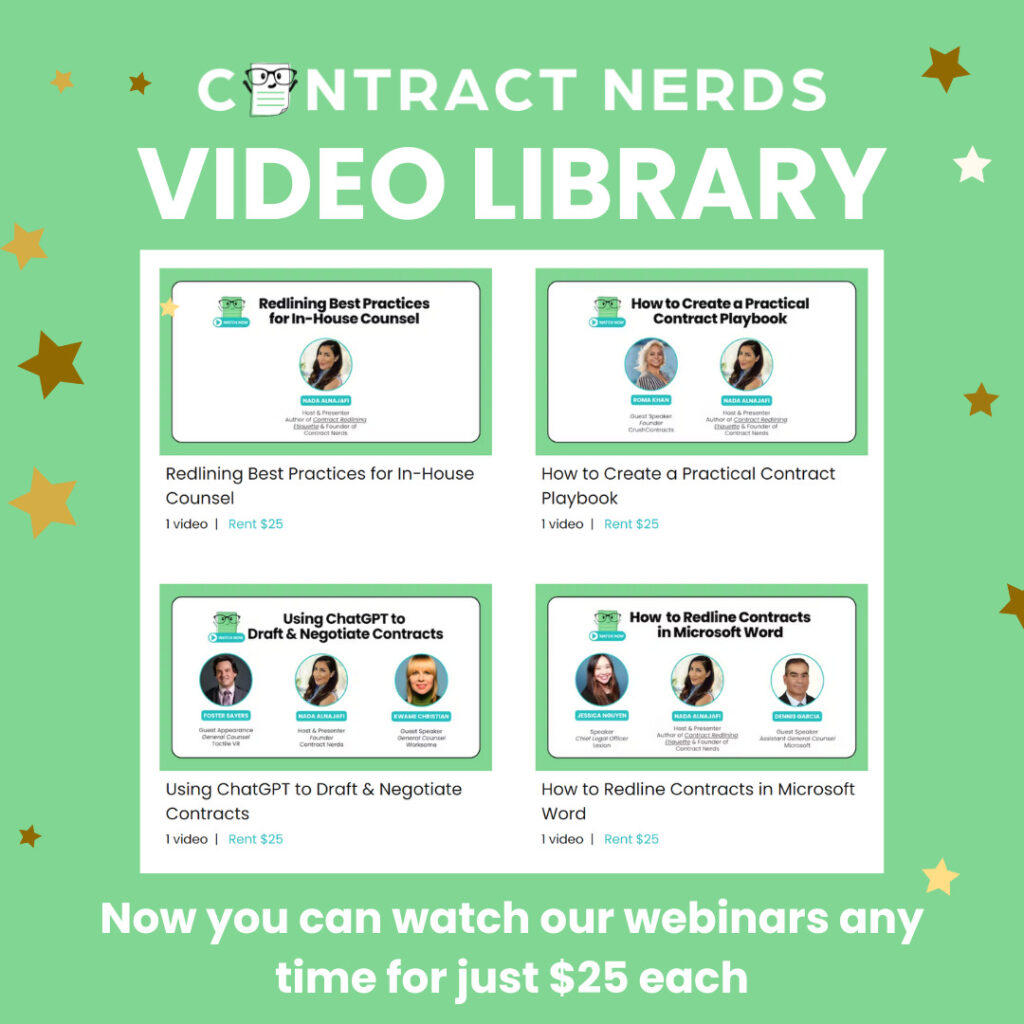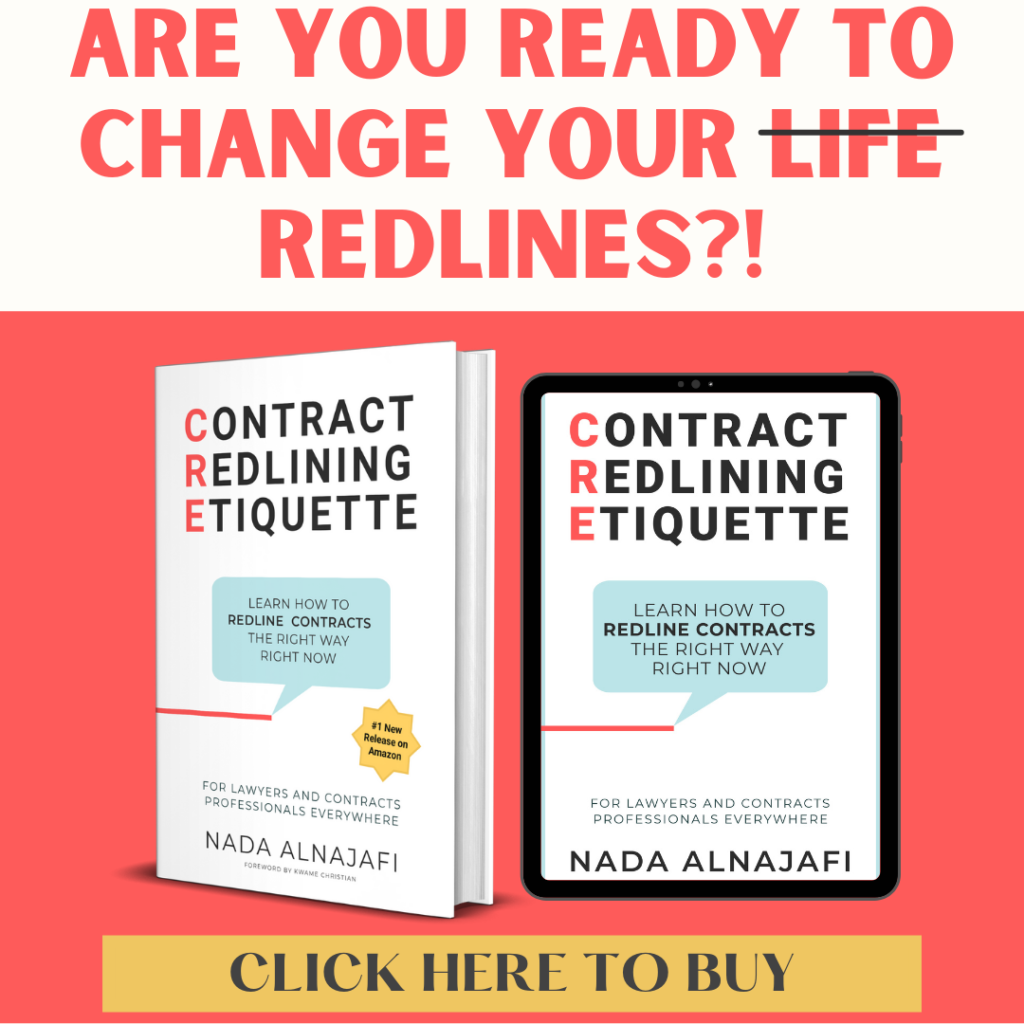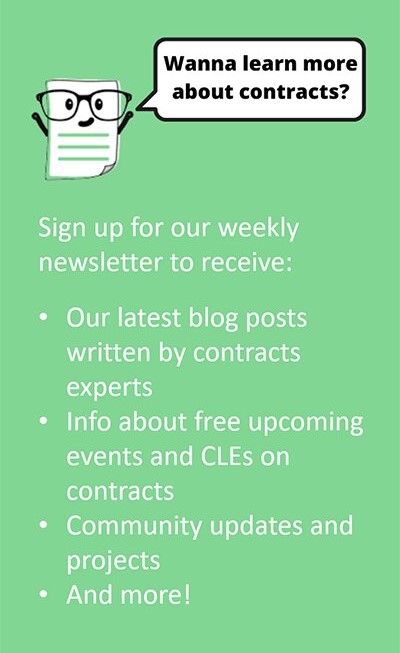 There are few times during your in-house or contracts career more important than your first week at a new company. This week sets the tone of what you will achieve, and, just as importantly, how others will perceive you as “legal,” the cost center, etc. You know the stereotypes. If you hit the tone just right, you can set the team at ease, and begin cultivating relationships that will amplify your impact.
There are few times during your in-house or contracts career more important than your first week at a new company. This week sets the tone of what you will achieve, and, just as importantly, how others will perceive you as “legal,” the cost center, etc. You know the stereotypes. If you hit the tone just right, you can set the team at ease, and begin cultivating relationships that will amplify your impact.
Below are some individuals and stakeholders you should meet in your first week, along with sample questions to ask them. Please note: I wrote this in the context of coming on board as the first in-house legal hire for a startup. If you are joining an already growing team or a more established company, this list may change.
First Impressions, Lasting Effects
During your first week, I recommend setting up one-on-one meetings with each of these stakeholders or, depending on your role, the equivalent team member within their management line. Use this opportunity to connect on both a professional and personal level. Take notes and circle back after the meeting.
CEO:
Your fearless leader who understands the short-term and long-term challenges and opportunities for the organization.
- How do the best leaders in the company thrive?
- If you could wave a magic wand and change one thing about the company today, what would that be?
- What are our biggest threats?
- What are we really good at as a company and what are we bad at?
- Are you familiar with attorney-client privilege and how that works?
Sales or Procurement VP:
Your company’s driver of revenue or manager of vendor spend.
- What are the company’s historically average contract review turnaround times?
- What are our standard deal terms and how do we handle exceptions?
- Where are the pain points in our contracting process?
Finance VP:
Your company’s strategic financial planner and risk mitigator.
- Which of our products are the most profitable?
- If the company didn’t make another deal, how long would our cash last?
- What are our biggest financial liabilities?
- At what point do we recognize revenue from our deals?
Operations / HR:
Your company’s “people’s people” with a finger on the pulse of a wide variety of risks.
- If the company decides to terminate someone, when do you find out? Do we support struggling employees with coaching plans?
- How do we prevent discrimination in our company?
- What compliance issues do you worry about?
- Are you familiar with attorney-client privilege and how that works?
Outside counsel:
Your company’s likely drafter of standard contracts and representation on outside matters and complex contract negotiations.
- What current matters do we have open? What material matters have we closed?
- What are the company’s biggest risks and liabilities in the industry?
- What is our current fee arrangement?
Quick Wins, Big Results
After you complete these meetings, you can create a “quick win” chart.
Ask yourself this question:
- Based on the pain points I discovered in these calls, what can I do in the next few weeks to show I have made an improvement, even a marginal one, for that person or group?
For instance, if the Sales VP laments that “legal kills deals,” you could institute a reasonable turnaround time for contract reviews. If your CFO worries about the spend on outside counsel, you can tell them about your plan to audit any new invoices and negotiate discounted rates. These are not meant to rock the boat; rather, they are meant to cultivate allies.
Long Wins, Lasting Impact
Finally, after you have a few quick wins, you can use these conversations to develop a list of “long wins” from which you can then draft your long-term strategy.
For instance, related to the Sales VP’s fear of legal killing deals, you could create deal workflows or ask for a budget for a contract lifecycle management (CLM) system to create efficient workflows. If HR worries about employee vs. independent contractor classifications, you can create a plan to assess and correct those classifications.
* * *
Tune in to more articles in the New to Contracts? series by Jack Terschluse—Corporate Counsel and Head of Procurement at Balto—exclusively here on the Contracts Blog. If you’re not already a subscriber, we welcome you to subscribe here to our weekly newsletter providing new articles, free events, and other resources on contracts. #contractnerds #newtocontracts

















